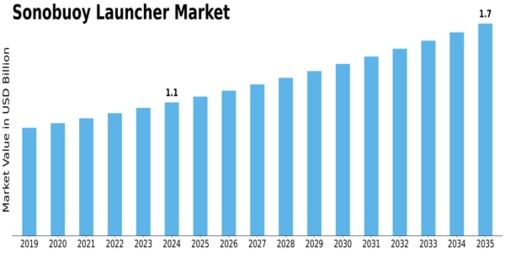Smart Grid Infrastructure in Europe: Pioneering the Future of Sustainable Power Systems
The Smart Grid Infrastructure in Europe is transforming the continent’s energy landscape by integrating digital technology, renewable sources, and advanced communication systems into the traditional power grid. This evolution aims to make Europe’s electricity networks more reliable, efficient, and sustainable. With the growing demand for clean energy and the European Union’s (EU) commitment to achieving climate neutrality by 2050, smart grid development has become a cornerstone of Europe’s energy transition.
Growing Need for Smart Grid Solutions
Europe’s energy infrastructure is undergoing a massive transformation to accommodate decentralized power generation, electric vehicles (EVs), and variable renewable energy sources such as solar and wind. Traditional grids, designed for one-way energy flow from large power plants to consumers, can no longer handle the complexity of modern power systems. Smart grids, equipped with sensors, data analytics, and real-time communication, provide two-way energy and information flow, allowing utilities and consumers to manage energy more efficiently.
Countries like Germany, the Netherlands, France, and the UK are leading smart grid deployment projects aimed at increasing flexibility, reducing transmission losses, and integrating distributed generation. The European Commission’s funding programs, such as the “Connecting Europe Facility” and “Horizon Europe,” are also accelerating research and development in grid modernization and smart technologies.
Technological Advancements Driving Growth
Several advanced technologies underpin Europe’s smart grid revolution. Among them are smart meters, advanced energy storage systems, grid automation, and demand response management. Smart meters, for example, provide real-time consumption data to consumers and utilities, enabling more accurate billing and energy conservation.
Additionally, Artificial Intelligence (AI) and Internet of Things (IoT) play crucial roles in predictive maintenance, fault detection, and automated grid management. By using data analytics and machine learning, utilities can anticipate failures, optimize energy distribution, and maintain grid stability even with fluctuating renewable inputs.
Blockchain technology is also gaining traction for its ability to enable peer-to-peer energy trading and ensure transparency in energy transactions. This empowers consumers to sell surplus renewable energy back to the grid, promoting local energy communities and reducing dependence on centralized utilities.
Policy Support and Investment Trends
The EU’s ambitious targets to cut greenhouse gas emissions by at least 55% by 2030 are driving policy initiatives that favor smart grid adoption. The European Green Deal and the Clean Energy Package have established frameworks for integrating renewable energy, promoting digitalization, and enhancing energy resilience.
Investment in smart grid projects across Europe is expected to surge in the coming years. The integration of renewable generation, coupled with the increasing adoption of electric vehicles, requires advanced infrastructure capable of dynamic load balancing and distributed generation management. According to industry estimates, billions of euros will be invested in smart grid technologies by 2030, focusing on grid automation, cybersecurity, and real-time monitoring.
Challenges and Opportunities Ahead
While the future of smart grids in Europe is promising, challenges such as high implementation costs, data security concerns, and regulatory complexity persist. Standardizing protocols across different countries and ensuring interoperability between diverse systems remain key hurdles. However, these challenges also open up new opportunities for innovation and collaboration among energy companies, technology providers, and governments.
Europe’s move toward a smart, interconnected power grid not only strengthens energy security but also supports its decarbonization goals. The integration of intelligent technologies and renewable energy sources will play a pivotal role in shaping a sustainable, resilient, and consumer-centric energy ecosystem.
Conclusion
The Smart Grid Infrastructure in Europe represents a transformative leap toward achieving energy efficiency, reliability, and sustainability. As digitalization accelerates, Europe’s commitment to a carbon-neutral future will continue to drive investments in advanced grid solutions. By bridging technology and policy, smart grids are set to redefine how Europe produces, distributes, and consumes electricity in the decades to come.
FAQs
Q1: What are the main components of smart grid infrastructure in Europe?
Smart grid infrastructure includes smart meters, advanced sensors, communication networks, energy storage systems, grid automation, and control centers that enable real-time monitoring and management of electricity flows.
Q2: How do smart grids support renewable energy integration?
Smart grids allow seamless integration of variable renewable energy sources like wind and solar by using real-time data and automated controls to balance supply and demand across the grid.
Q3: Which European countries are leading in smart grid deployment?
Germany, France, the Netherlands, the United Kingdom, and the Nordic countries are at the forefront of smart grid initiatives, supported by strong policy frameworks and technological investments.
More Related Reports:
non polarized electric capacitor market




